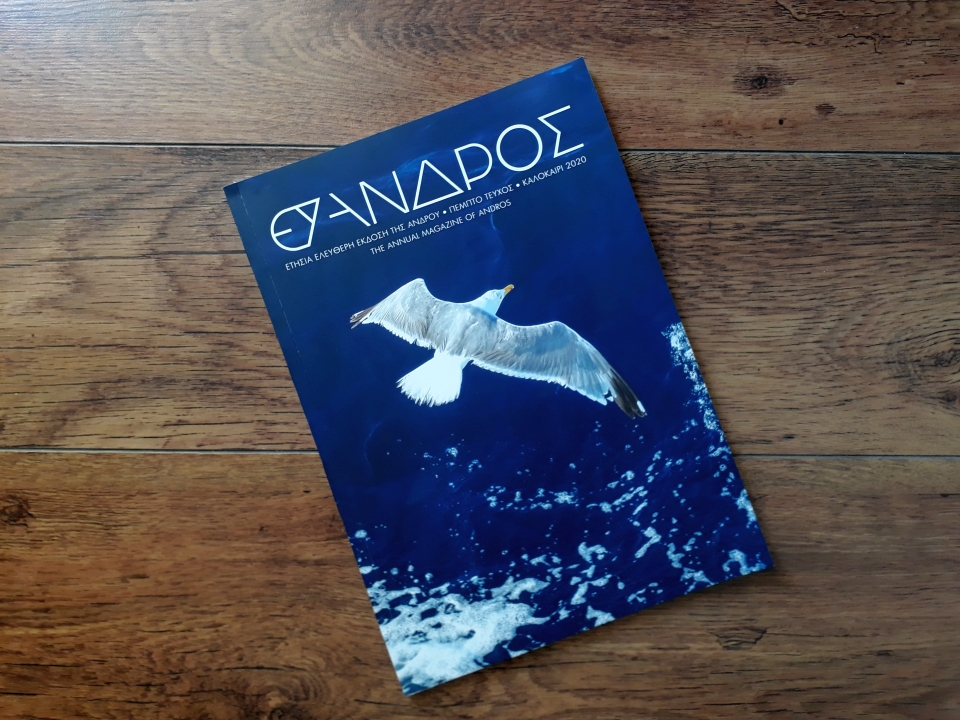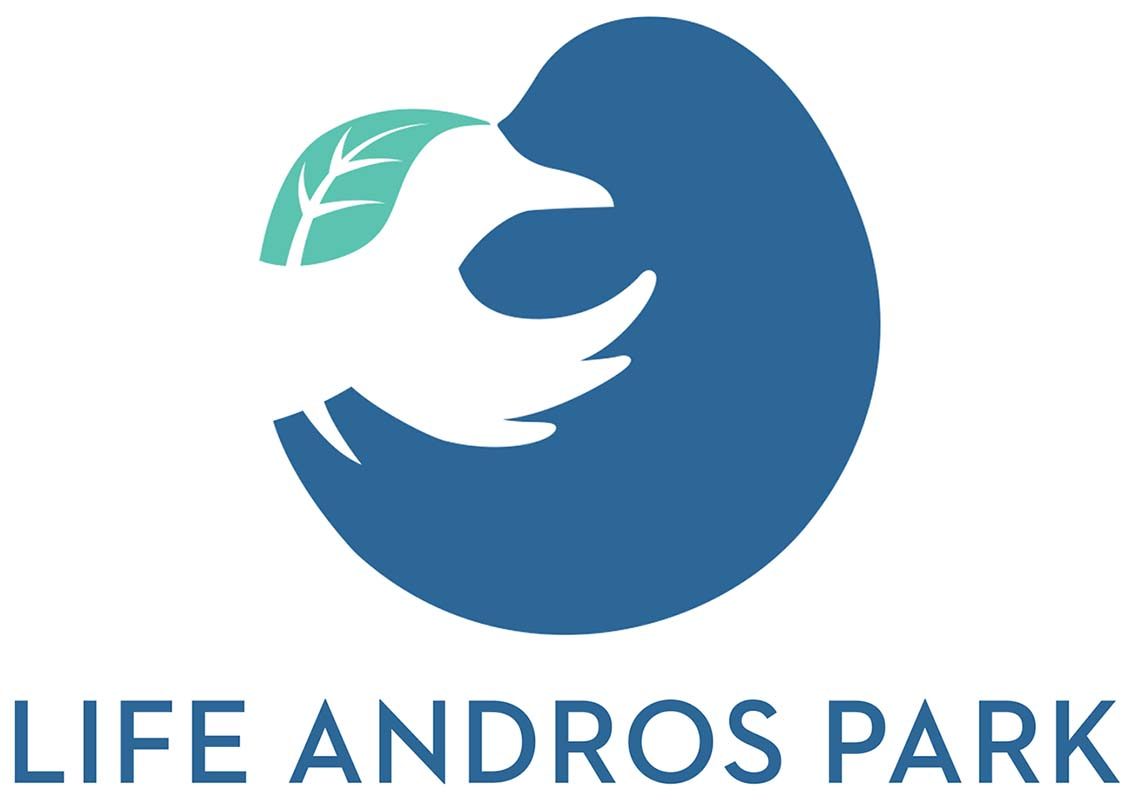In the fifth issue of the annual magazine of Andros EVANDROS the islets of Andros and the seabirds that find on them shelter and use it as a breeding site were presented.
Islets and seabirds
The islets of Andros are not barren. To the contrary, they are filled with life! That is where the seabirds find the necessary protection and isolation in order to lay their eggs and to bring up their young.
East of Andros, early autumn
The day’s activities start, even before dawn. Some have already woken up and have gone hunting. Battles in the air take place a few centimetres above the waves. The unfortunate migrating passerines are facing the enemy just as they are trying to land on the island. They travelled all night long to avoid the attack but they didn’t succeed.
We are east of Andros, where Eleonora’s falcons nest. Even though these falcons are insectivorous, the period they are feeding their young they start to hunt passerines, forming a net above the sea.
For the rest of the day you can see them flying above terraces of Andros’s land or around their islet, hunting insects and offering a spectacular sight.
West of Andros, early spring
Sounds can be heard under the thorny, impassable bushes. They are the young Mediterranean shags that are waiting for their parents to return from fishing. The adults can barely be seen swimming in the shallow sea, with their long necks emerging from the water. They swim in groups, while others stand on the cliffs, with open wings, like statues. Their wings are not waterproof like those of other seabirds. This allows them to dive deeper but it forces them to dry their wings after each dive.
South of Andros, early summer
The Audouin’s gulls wake up and take care of their young, in the nests they have made on the schist rocks, with the lighthouse dominating the landscape. Delicate in view – compared to their cousin, the Yellow-legged gull – they are sensitive and any disturbance can scare them away from the area. Therefore, their presence is an indication of the calmness and isolation that the islets are offering. Their characteristic shriek can be heard, coming from their nests, while others hunt fish that are swimming near the surface of the sea.
The article as it was presented in EVANDROS is available here.
